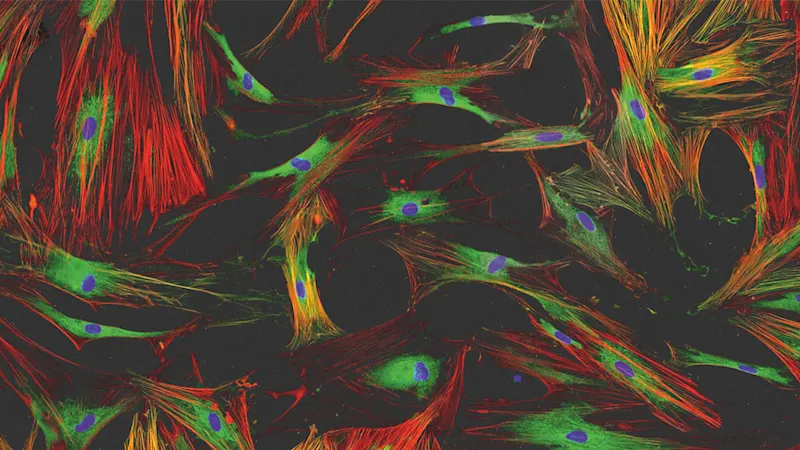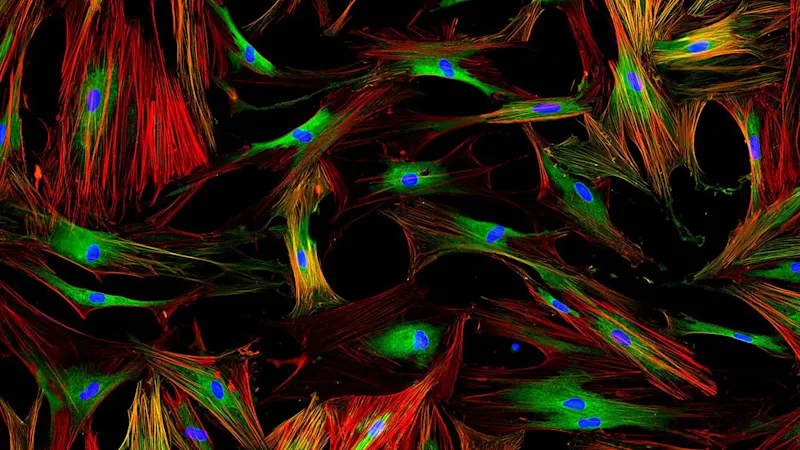Low Light Imaging – Excellent Images Even in Low Light Conditions
Many typical Medical & Life Sciences applications such as microscopy and laboratory automation require image processing in low light conditions. The Basler MED ace with the MED Feature Set Low Light Imaging is made for it. The cameras not only have modern and powerful CMOS sensor technology, they are also characterized by our mode for long exposure times and the integrated histogram functions.
This Is What Low Light Imaging Offers You
Low noise and sensitive imaging due to the special mode for long exposure times
Histogram-based adjustments of the individual color channels
Image processing directly in the FPGA of the MED ace camera
Low Light Imaging – Excellent Images Even in Low Light Conditions


Best Image Quality with Long Exposure Times
Various applications from Medical & Life Sciences such as fluorescence microscopy and detection may require exposure times of several seconds. The image quality often suffers. Not so with the Basler MED ace: Models with the MED Feature Set Low Light Imaging offer a mode for optimizing the image quality with long exposure times, with which even weak light signals can be detected with low noise. In the image, this leads to fewer hot pixels and less noise.
Best Contrast Thanks to Integrated Histogram Functions
Weak light signals make it difficult to produce good images in which the recorded objects are sharply defined. With our integrated histogram function, we enable independent contrast adjustment for each color channel and thus control the black point. The result: maximum image information on a deep black background. A further advantage is that this pre-processing runs directly on the camera's FPGA, saving cost-intensive computing resources on the customer's host side.